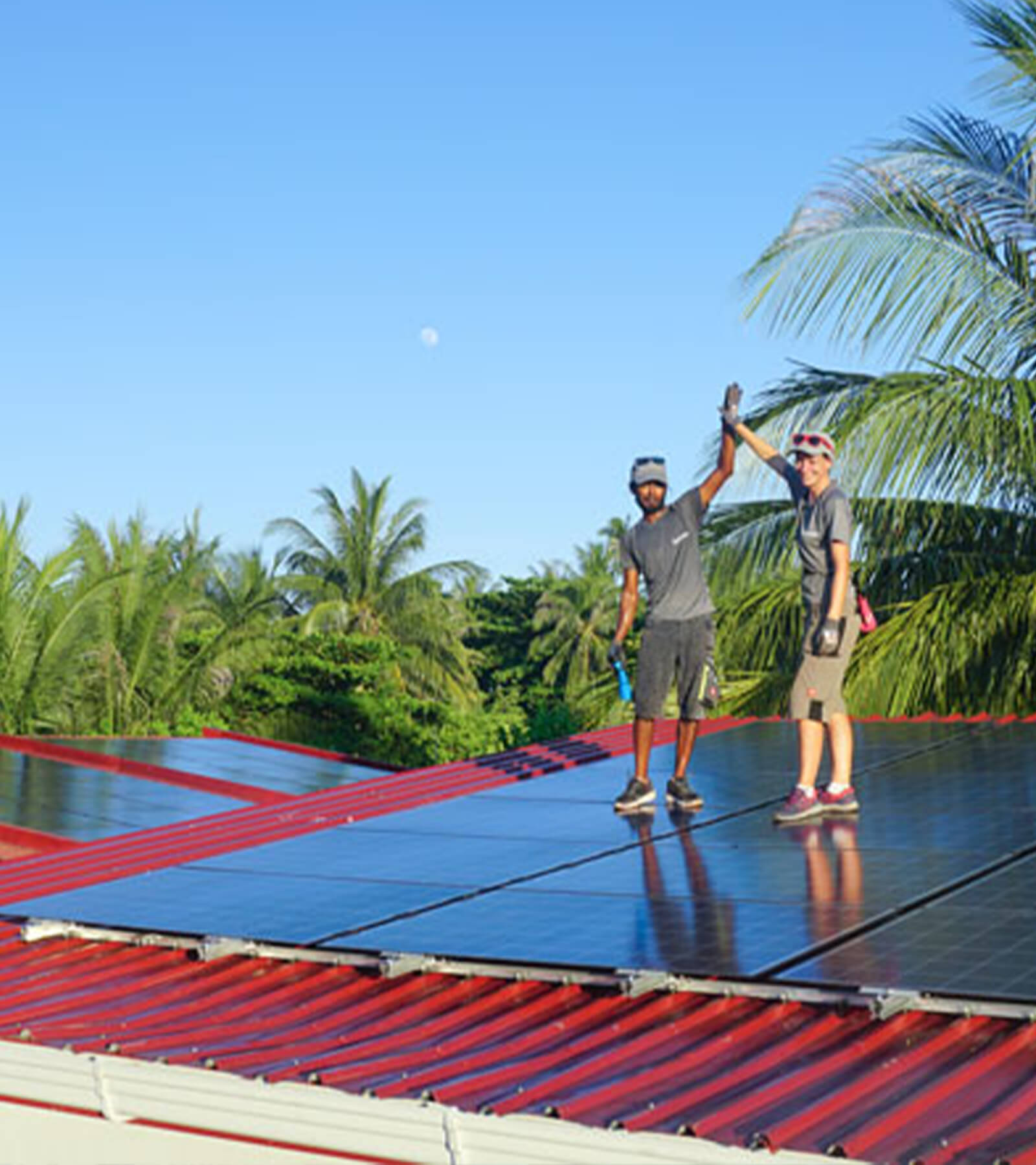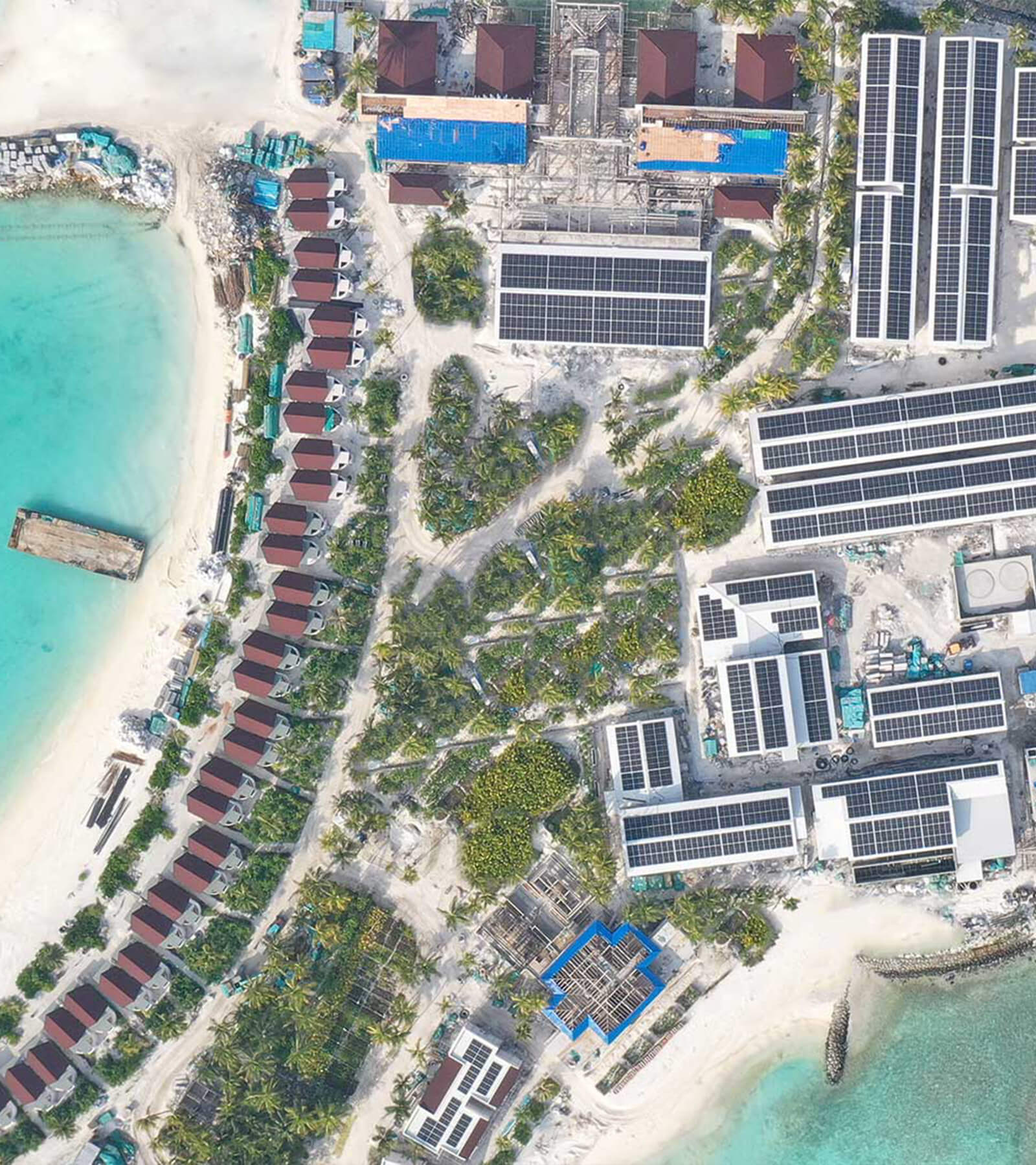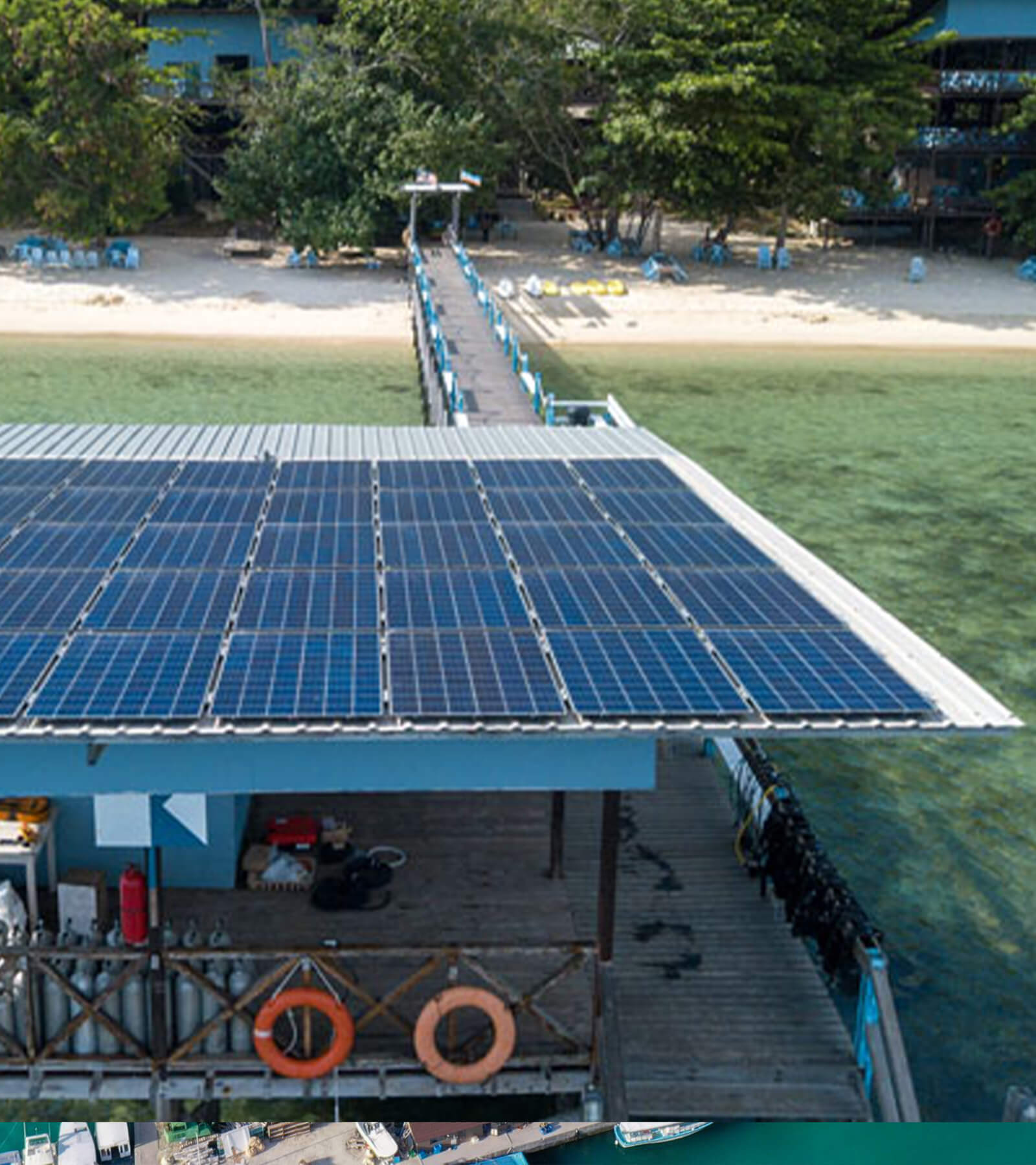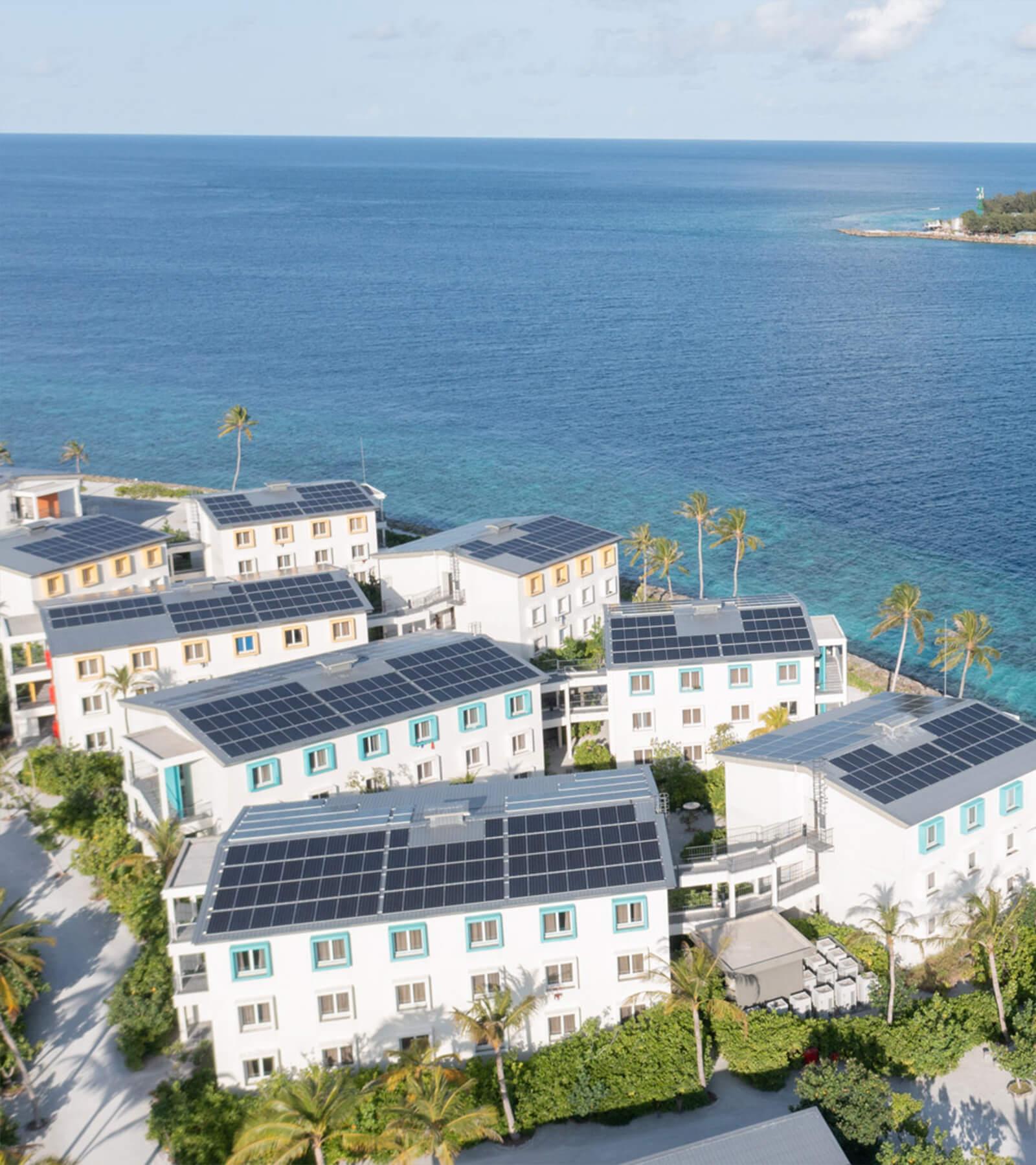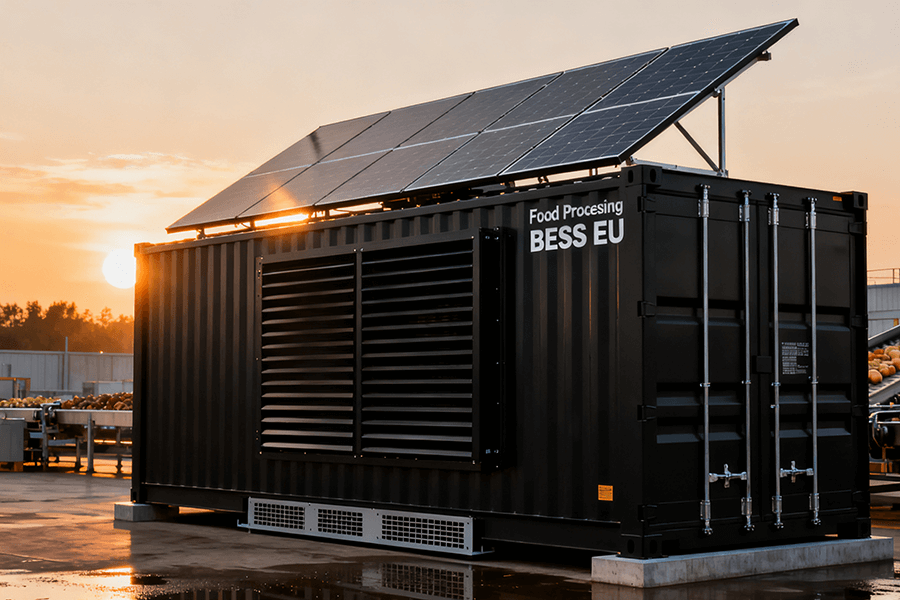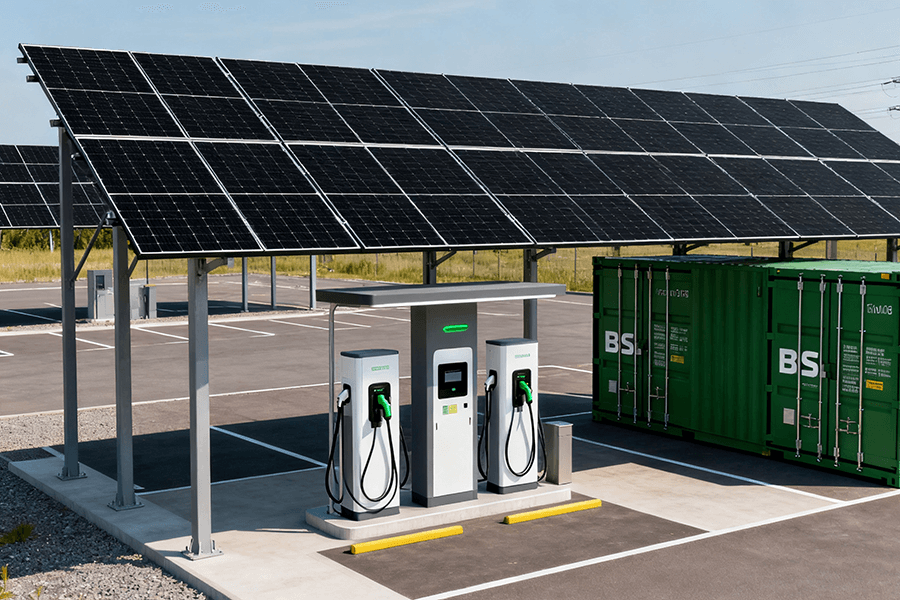
The EU’s 2026 Grid Code – A Wake-Up Call for Renewable Grids
The EU’s energy transition is progressing at a breakneck pace, outpacing even a Tesla cruising on a German autobahn. As 2026 looms on the horizon, it stands as a crucial turning point in this ambitious journey. But what’s driving this sense of urgency? A wave of new grid code updates is sweeping across the continent, and one particular requirement shines like a beacon amidst the changes: a mandatory 100 ms virtual inertia response.
For power grids increasingly dominated by wind and solar energy sources, this isn’t merely another regulatory checkbox to tick. These renewable resources, while essential for a sustainable future, can be as unpredictable as a summer thunderstorm. Their intermittent nature means that power supply can fluctuate wildly within seconds, putting immense strain on grid stability. In this context, the 100 ms virtual inertia requirement isn’t just a rule—it’s a vital lifeline for maintaining grid resilience.
This is where BESS Containers with Grid-Forming Inverters come into play. These aren’t your run-of-the-mill battery storage units. They represent a revolutionary leap in energy storage technology, serving as the unsung heroes of modern power grids. Acting as vigilant bodyguards, they’re engineered to maintain grid stability, ensuring that the lights stay on even when renewable energy generation dips or the grid experiences unexpected disturbances.
To put it in perspective, consider the following analogy:
- Imagine a bustling nightclub on a busy weekend. Without bouncers, chaos would quickly ensue, with potential security threats and overcrowding issues.
- Similarly, in high-renewable grids, the absence of BESS Containers with Grid-Forming Inverters could lead to a nightmare scenario of frequent blackouts, disruptions, and system failures—more common than plot twists in a budget horror movie.
However, with these advanced systems in place, the EU’s ambitious green energy goals are no longer a distant dream. They become a tangible reality, offering a pathway to a sustainable future without sacrificing reliability. These innovative solutions bridge the gap between the unpredictability of renewables and the consistent demand for electricity, ensuring that the EU’s energy transition doesn’t veer off course into a turbulent nightmare.
Core Analysis 1: Inverter Technology – The Brains Behind the Brawn
Grid-forming inverters aren’t just “inverters with a fancy title.” They represent a revolutionary leap in energy storage technology, empowering BESS Containers to outperform traditional energy storage systems in much the same way a smartphone outpaces a flip phone. Let’s delve deeper into what makes these innovative devices so transformative.
What Makes Grid-Forming Inverters Special?
To understand the significance of grid-forming inverters, it’s helpful to contrast them with their traditional counterparts, grid-following inverters. The latter operate much like passengers on a train, simply following the grid’s lead without exerting any independent control. In stark contrast, grid-forming inverters assume the role of the train engineer, actively steering the system’s operation.
This autonomy is particularly valuable during grid disruptions. Even when the main grid experiences a “derailment,” grid-forming inverters can seamlessly transition to islanded operation, creating a stable microgrid that continues to supply power to critical loads. This capability ensures uninterrupted service during outages, safeguarding essential infrastructure and maintaining business continuity.
A prime example of this technology in action is the 200 kVA/container inverter with droop control, a workhorse in the industry. Droop control acts as the inverter’s secret weapon, enabling it to dynamically adjust its power output in response to fluctuations in grid frequency. Functioning much like a thermostat for electricity, the inverter increases power generation when the frequency drops and reduces it when the frequency spikes. This mechanism is crucial for maintaining grid stability, much like a skilled bartender knowing precisely when to cut off a patron to keep a party balanced.
Performance Metrics: Numbers Don’t Lie
The superiority of grid-forming inverters becomes even more evident when examining key performance metrics. Let’s take a closer look at how they stack up against traditional grid-following inverters:
| Metric | Grid-Forming Inverters (200 kVA) | Traditional Grid-Following Inverters |
|---|---|---|
| Response Time | < 50 ms (beats the 2026 100 ms mandate) | > 200 ms (yikes) |
| Islanded Operation | Yes (keeps the lights on during outages) | No (shuts down like a scared laptop) |
| Efficiency | 96-98% (minimal energy waste) | 92-94% (wastes more than a leaky faucet) |
| Droop Control | Built-in (smooths frequency swings) | Not available (panics during fluctuations) |
These numbers underscore the significant advantages of grid-forming inverters, from their lightning-fast response times to their superior energy efficiency. Their ability to support islanded operation and incorporate droop control further solidifies their position as the preferred choice for modern energy storage applications.
Real-World Impact: Faster Recovery, Less Chaos
The benefits of grid-forming inverters extend far beyond theoretical performance metrics. A 2024 study by the Fraunhofer Institute for Solar Energy Systems (ISE) (link: https://www.ise.fraunhofer.de/) provides compelling real-world evidence of their effectiveness. The study, conducted in Germany’s wind-heavy grids, compared the performance of grids equipped with grid-forming BESS systems against those relying on traditional energy storage.
The results were striking: during simulated outages, grids with grid-forming BESS recovered a remarkable 70% faster than their traditional counterparts. This translates to reduced downtime for businesses, minimizing financial losses and preventing operational disruptions. For households, it means fewer inconveniences during power outages, sparing them from relying on candles or generators for extended periods.
In essence, grid-forming inverters are not just advanced energy storage components; they are the backbone of a more resilient, reliable, and efficient energy grid. As the world continues to transition towards renewable energy sources, these innovative devices will play an increasingly critical role in ensuring grid stability and meeting the growing demand for sustainable power.
Core Analysis 2: Compliance & Cash – Why EU Markets Love These Containers
EN 50549-1: The EU’s Rulebook for Storage
In the European Union’s highly regulated energy landscape, standards are not merely guidelines—they are the cornerstone of a reliable and secure power infrastructure. EN 50549-1 stands as the definitive standard for energy storage systems, setting stringent requirements that govern every aspect of their design, operation, and integration into the grid. This comprehensive standard is divided into three critical pillars:
- Electrical Safety: At the heart of EN 50549-1 is the unwavering commitment to user and system safety. The standard mandates rigorous testing protocols to prevent electrical hazards, ensuring that all components are designed to withstand high voltages and currents without risk of leakage or short circuits. This includes strict guidelines for insulation materials, grounding systems, and protective devices, safeguarding both personnel and equipment from potential harm.
- Grid Compatibility: With the increasing complexity of modern power grids, seamless integration of energy storage systems is paramount. EN 50549-1 sets out clear specifications for grid connection, ensuring that storage devices can communicate effectively with existing infrastructure. This includes requirements for power quality, voltage regulation, and frequency stability, enabling smooth interaction between storage systems and the grid.
- Cybersecurity: In an era of rising digital threats, protecting energy storage systems from cyberattacks is non-negotiable. EN 50549-1 incorporates state-of-the-art cybersecurity measures, including encryption protocols, access controls, and intrusion detection systems. These safeguards prevent unauthorized access to critical system data, ensuring the integrity and reliability of the energy storage infrastructure.
The implications of non-compliance are severe. Any energy storage system that fails to meet the requirements of EN 50549-1 is effectively barred from connecting to the EU grid, making compliance not just a best practice but a regulatory necessity. Grid-forming BESS containers, with their advanced design and engineering, are purpose-built to meet all these stringent criteria, eliminating the need for last-minute modifications or costly retrofits.
FCR Market: Get Paid to Keep the Grid Stable
One of the most compelling opportunities for grid-forming BESS containers lies in the Frequency Containment Reserve (FCR) market. As the share of renewable energy sources in the EU’s energy mix continues to grow, maintaining grid frequency stability has become an increasingly challenging task. FCR is a crucial mechanism that compensates energy storage systems for their role in balancing supply and demand, ensuring that the grid frequency remains within the narrow tolerance band of 50 Hz ± 0.2 Hz.
The financial incentives for participating in the FCR market are significant. Currently, operators of eligible energy storage systems can earn between €80–120/MWh for providing FCR services, according to data from the European Network of Transmission System Operators (ENTSO-E). To illustrate the potential revenue stream, consider a 1 MWh BESS container that provides 4 hours of FCR service per day at an average rate of €100/MWh:
| Parameter | Value |
|---|---|
| Capacity | 1 MWh |
| Daily FCR Hours | 4 |
| Rate | €100/MWh |
| Annual Revenue | €146,000 |
This annual income of €146,000 not only represents a lucrative business opportunity but also offers a rapid return on investment. Operators can choose to reinvest these earnings into expanding their storage capacity, integrating additional renewable energy sources, or exploring other revenue streams within the energy market.
The demand for FCR services is expected to surge in the coming years. ENTSO-E projects a 35% increase in FCR requirements by 2030 as the share of variable renewable energy sources, such as wind and solar, continues to rise. Grid-forming BESS containers, with their ability to provide fast and flexible frequency regulation, are ideally positioned to capture a significant share of this growing market, solidifying their role as a key enabler of the EU’s clean energy transition.
Conclusion: Upgrades, Certifications & Why Maxbo Solar is Your Partner
Upgrading Old BESS: Don’t Throw Out the Baby with the Bathwater
If you already have a BESS (Battery Energy Storage System) in place, there’s no need for alarm – retrofitting offers a practical and cost-effective solution. Below are some viable options to consider:
- Inverter Swaps: Replace existing grid-following inverters with advanced grid-forming models. This approach presents a significant financial advantage, costing approximately 30% less than installing a brand-new system. Grid-forming inverters are designed to actively contribute to grid stability, providing essential services such as frequency regulation and voltage support, which are crucial to meet the EU’s 2026 virtual inertia mandate.
- Software Updates: For certain older inverter models, grid-forming capabilities can be unlocked through firmware updates. Similar to upgrading your smartphone’s operating system to the latest version, these updates can enhance the functionality of your BESS without the need for significant hardware changes. This not only extends the lifespan of your existing equipment but also ensures it remains compliant with evolving industry standards.
A 2025 report by SolarPower Europe (link: https://www.solarpowereurope.org/) revealed that a staggering 80% of existing BESS installations can be retrofitted to meet the stringent 2026 standards. This process is analogous to giving an old car a high-performance engine upgrade – while the exterior remains the same, the system gains significantly enhanced capabilities and performance.
TÜV SÜD Certification: The Gold Stamp of Approval
To operate legally and seamlessly within the EU market, obtaining TÜV SÜD grid code validation (link: https://www.tuvsud.com/) is non-negotiable. This certification serves as the energy industry’s equivalent of a “good housekeeping seal,” providing irrefutable evidence that your BESS functions precisely as advertised. Skipping this certification process is akin to attempting to pilot an aircraft without a valid license – a perilous and illegal endeavor that could result in severe consequences, including system shutdowns and hefty fines.
The TÜV SÜD certification process involves rigorous testing and evaluation to ensure that your BESS meets all relevant safety, performance, and grid integration requirements. This comprehensive assessment covers a wide range of parameters, from power quality and frequency response to protection mechanisms and cybersecurity. By obtaining this certification, you not only demonstrate your commitment to excellence but also gain a competitive edge in the market, as it instills confidence in potential customers and regulatory authorities alike.
Maxbo Solar: We Speak Grid-Forming Fluently
At Maxbo Solar (www.maxbo-solar.com), we specialize in designing and manufacturing BESS Containers that are specifically engineered to excel in the EU’s 2026 regulatory landscape. Here’s why we are the ideal partner for your energy storage needs:
- Our Inverters: Our 200 kVA grid-forming inverters are the epitome of efficiency and performance, boasting an impressive 98% efficiency rate and a lightning-fast response time of less than 50 ms. These industry-leading specifications ensure seamless grid integration and optimal energy management, allowing you to maximize the value of your BESS investment.
- Compliance Pros: We understand the importance of regulatory compliance and have made it our top priority. All our BESS systems are EN 50549-1 certified and TÜV SÜD validated, eliminating any potential paperwork headaches for you. Our team of experts stays up-to-date with the latest industry standards and regulations, ensuring that our products are always in full compliance.
- Custom Solutions: We recognize that every energy storage project is unique, with its own set of requirements and constraints. That’s why we offer fully customizable BESS solutions tailored to your specific needs. Whether you require a 5 MWh container for a large-scale wind farm or a 500 kWh unit for a commercial factory, our team of engineers will work closely with you to design and build a system that meets your exact specifications.
- 24/7 Support: Our commitment to customer satisfaction doesn’t end with the sale. We provide round-the-clock technical support to ensure that your BESS operates smoothly and efficiently at all times. Our team of experienced technicians is available 24/7 to respond to any issues or concerns, guaranteeing a faster resolution time than the legendary punctuality of German trains.
At Maxbo Solar, we’re not just in the business of providing energy storage solutions – we’re dedicated to safeguarding the stability and reliability of the EU grid. With our cutting-edge technology, unwavering commitment to quality, and exceptional customer service, we’re confident that we can help you achieve your energy goals while ensuring compliance with the 2026 virtual inertia mandate.
Ready to upgrade your BESS and stay ahead of the curve? Visit www.maxbo-solar.com today – your grid (and your bottom line) will thank you.

